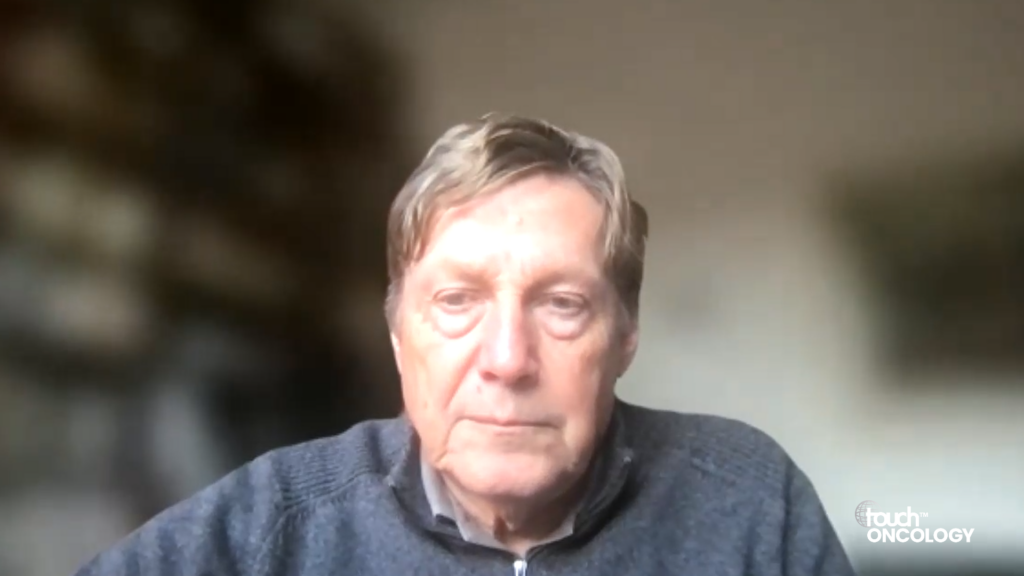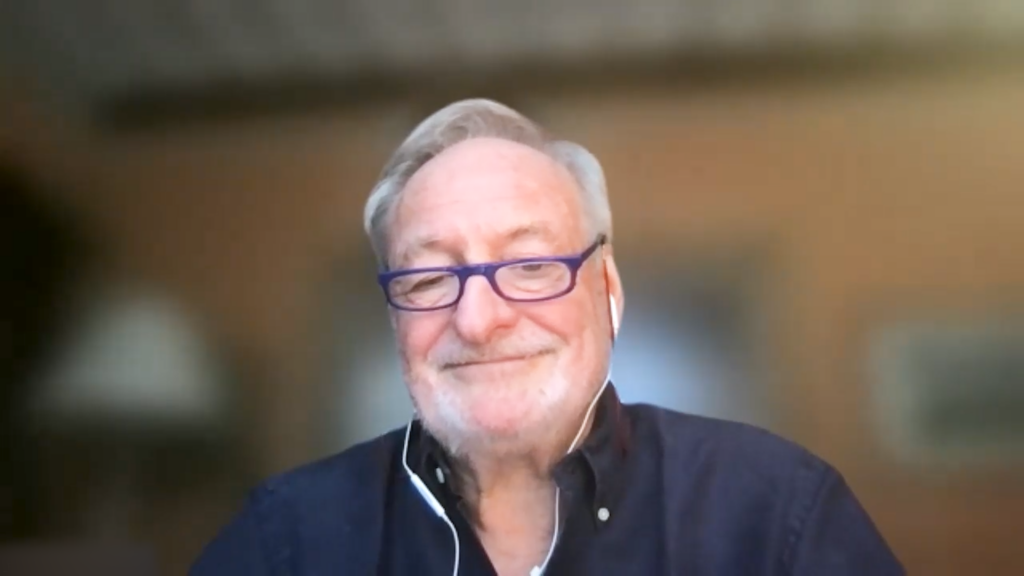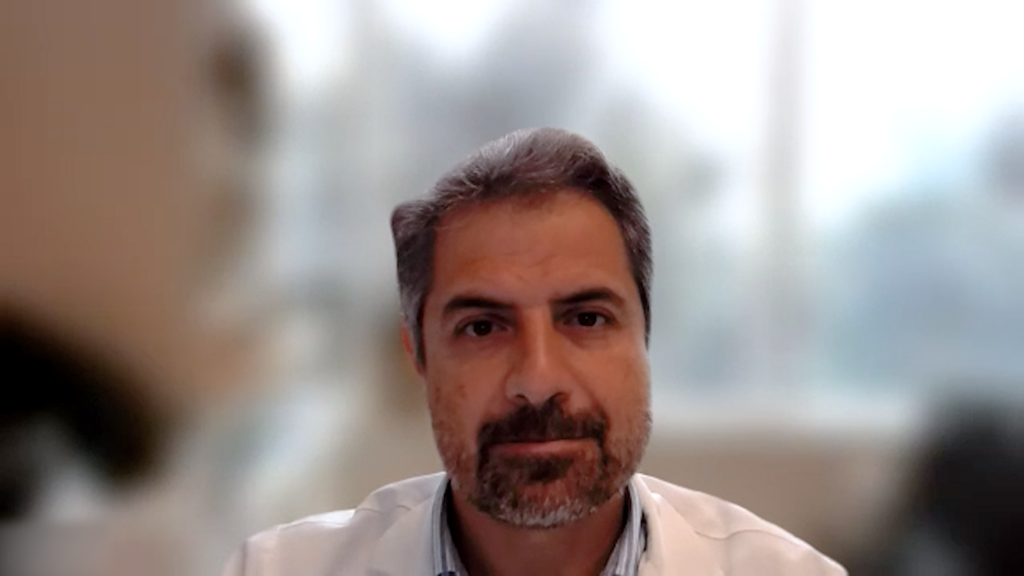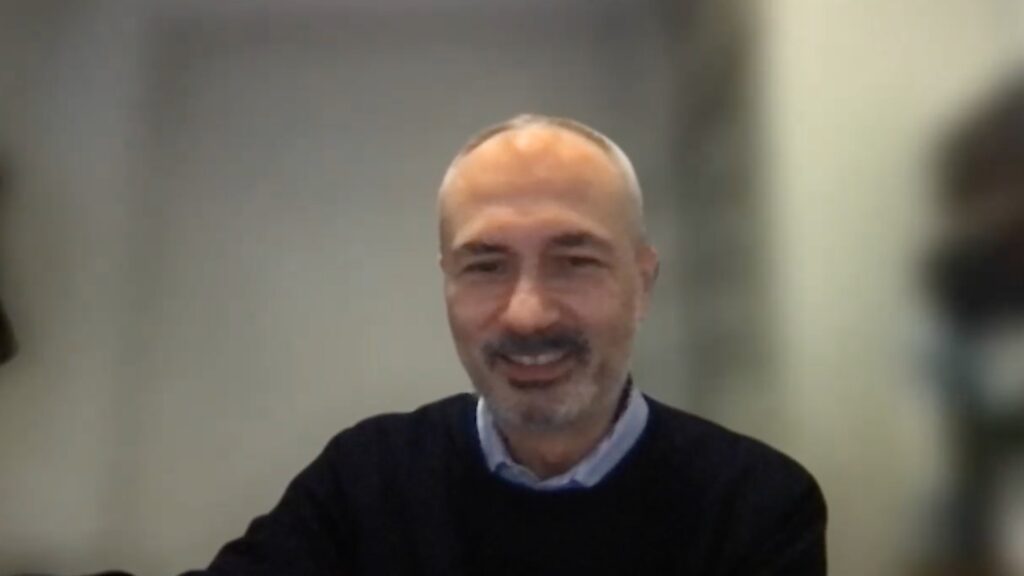Insights into the MURANO study presented at the 23rd Congress of the European Haematology Association, 14–17 June 2018, Stockholm, Sweden
Chronic lymphocytic leukaemia (CLL) is the most prevalent adult leukaemia in the Western world, accounting for about one-quarter of the new cases of leukaemia.1 The current standard of care for patients with CLL is chemoimmunotherapy regimens incorporating monoclonal antibodies targeting CD20 (rituximab [Rituxan®, Genentech, CA, US], obinutuzumab [Gazyva®, Roche, Basel, Switzerland], and ofatumumab [Arzerra®, GlaxoSmithKline, Brentford, UK]).2 Many clinical and molecular features have been identified as predictors of outcome or response to therapy. In particular, chromosome aberrations have become important prognostic markers.3 Patients with CLL often have alterations in the tumour suppression gene, TP53, including deletion of the 17p locus [del(17p)] and mutations within the gene. These patients do not respond well to classic chemoimmunotherapy and have a dismal prognosis.4,5 As a result, analysis of TP53 alterations has become part of the routine clinical diagnostic procedure for CLL to ensure patients receive the optimal treatment. This patient subset remains a high-risk population in need of novel therapies.
Venetoclax (Venclexta®, Abbvie, IL, US) targets the B-cell lymphoma protein (BCL2), which is essential to the survival of CLL cells. Venetoclax also has an acceptable safety profile, with the most common serious adverse events being neutropenia. The biggest risk associated with venetoclax is tumour lysis syndrome (TLS), which can be minimised by a slow dose ramp-up, careful monitoring and adequate prophylaxis.6 The National Comprehensive Cancer Network (NCCN) recommends initiating treatment with venetoclax at 20 mg and, after 1 week, stepping up treatment over 5 weeks until reaching the target dose of 400 mg daily.2 Following pivotal phase I and II studies,6,7 venetoclax has been approved by the US Food and Drug Administration (FDA) and the European Medicines Agency (EMA) for the treatment of CLL patients with del(17p), who had received at least one prior therapy. However, advances in molecular profiling have identified distinct subgroup without del(17p) but with TP53 mutations that would not have been detected in the past.8 This subgroup has a poor prognosis, equivalent to having del(17p).
While venetoclax monotherapy has achieved impressive responses, a range of experimental combination treatments are now becoming available. The recent phase III MURANO study was the first clinical trial to show that a combined venetoclax regimen is superior to a standard chemoimmunotherapy regimen. Results showed that venetoclax plus rituximab resulted in significantly higher rates of progression-free survival (PFS) than bendamustine plus rituximab, more than doubling the PFS at 2 years. Among patients with chromosome 17p deletion, the 2-year PFS rate was 81.5% in the venetoclax arm vs. 27.8% with bendamustine. The 2-year PFS rate in patients without del(17p) was 85.9% versus 41.0% in favour of the venetoclax arm. Patients treated with venetoclax were far more likely to achieve minimal residual disease (MRD) negativity, defined as <1 CLL cell in 10,000 leukocytes (83.5% versus 23.5% in the venetoclax versus bendamustine arms, respectively). The benefit was maintained across all clinical and biologic subgroups.9 The combination received a breakthrough therapy designation from the FDA in January 2016.
A recent analysis of the MURANO study10 investigated the impact of clone size of TP53 alterations on prognosis and MRD negativity with both treatment regimens in the MURANO study. Results were presented at the 23rd Congress of the European Haematology Association (EHA), 14–17 June 2018, Stockholm, Sweden. The TP53 mutation status was assessed centrally by targeted next-generation sequencing. A low clone size for del(17p) was defined as 7–≤20% and a high clone size defined as >20%. For TP53 mutations, a low clone size was defined as 5–≤20% mutant allele frequencies vs >20% allele frequencies.
Results showed that 27% of patients had only del(17p), 26% had only TP53 mutations, and 13% had both del(17p) and TP53 mutations. Among the 92 patients with del(17p), the clone size was highly variable (median=15%; range, 7.5–94% of del(17p) nuclei). A high del(17p) clone size was associated with higher incidence of TP53 mutations compared with a low clone size (69% versus 34%). Patients with a high del(17p) clone size had a worse PFS with treatment with bendamustine; however, this difference was minimised in the venetoclax group. At median follow-up of 23.8 months, the median PFS for venetoclax versus bendamustine was not reached (NR) versus 8 months in high clone size del(17p) patients, and NR versus 21 months in the low clone size. MRD negativity in venetoclax versus bendamustine was 60% versus 10% in high clone size del(17p) patients and 94% versus 28% in low clone size patients. Similarly, for TP53 mutations, high clone size was associated with worse PFS than low clone size in patients treated with bendamustine. Patients with both del(17p) and TP53 mutations had worse outcomes with bendamustine compared with those with either del(17p) or TP53 mutation alone, with bendamustine. The PFS was superior for venetoclax across all subgroups with del(17p) and/or TP53 mutations including high and low clone size. The authors concluded that low and high clone sizes have prognostic risks for chemoimmunotherapy treatment, but treatment with venetoclax treatment minimises the high-risk prognosis.10
In an interview with Touch Medical Media, lead investigator Arnon P Kater of the Cancer Centre Amsterdam, discussed this study and its implications. Watch the full interview here. On the basis of these findings, the combination of venetoclax and rituximab is likely to receive regulatory approval as a second-line treatment. The results of the MURANO study raise important questions as to whether all patients in remission should receive this therapy or undergo a second round of chemoimmunotherapy. This analysis suggests that clone size will also be important in clinical decision making, but further long-term data from the MURANO study is needed to establish the effect of clone size on the response to venetoclax. Nevertheless, this is an important study, providing a chemotherapy-free option for people with previously treated CLL.
References
1. American Cancer Society. Key Statistics for Chronic Lymphocytic Leukemia 2018. Available at: www.cancer.org/cancer/chronic-lymphocytic-leukemia/about/key-statistics.html (accessed 29 June 2018).
2. NCCN. NCCN Clinical Practice Guidelines in Oncology (NCCN Guidelines): Chronic Lymphocytic Leukemia/Small Lymphocytic Lymphoma. Version 1. 2018. Available at: https://www.nccn.org/Common/FileManager.ashx?fileManagerId=423a4d37-d5cb-4c0f-90bf-cd0085807a7d (accessed 28 June 2018).
3. Dohner H, Stilgenbauer S, Benner A, et al. Genomic aberrations and survival in chronic lymphocytic leukemia. N Engl J Med. 2000;343:1910–6.
4. Stilgenbauer S, Schnaiter A, Paschka P, et al. Gene mutations and treatment outcome in chronic lymphocytic leukemia: results from the CLL8 trial. Blood. 2014;123:3247–54.
5. Pospisilova S, Gonzalez D, Malcikova J, et al. ERIC recommendations on TP53 mutation analysis in chronic lymphocytic leukemia. Leukemia. 2012;26:1458–61.
6. Roberts AW, Davids MS, Pagel JM, et al. Targeting BCL2 with venetoclax in relapsed chronic lymphocytic leukemia. N Engl J Med. 2016;374:311–22.
7. Stilgenbauer S, Eichhorst B, Schetelig J, et al. Venetoclax in relapsed or refractory chronic lymphocytic leukaemia with 17p deletion: a multicentre, open-label, phase 2 study. Lancet Oncol. 2016;17:768–78.
8. Yu L, Kim HT, Kasar S, et al. Survival of del17p CLL depends on genomic complexity and somatic mutation. Clin Cancer Res. 2017;23:735–45.
9. Seymour JF, Kipps TJ, Eichhorst B, et al. Venetoclax-rituximab in relapsed or refractory chronic lymphocytic leukemia. N Engl J Med. 2018;378:1107–20.
10. Kater AP, Punnoose EA, Andre M, et al. Impact of TP-53-mutated clone size on outcome of relapsed/refractory CLL patients treated with venetoclax plus rituximab within the Phase 3 MURANO study. Presented at the 23rd Congress of the European Haematology Association (EHA), 14–17 June 2018, Stockholm, Sweden. Abstract PF344.










